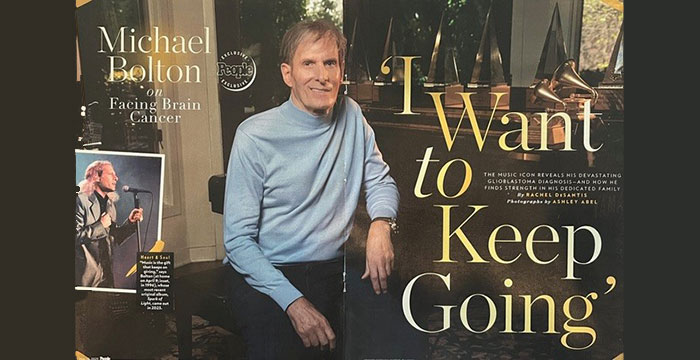CPR did it for me.
Not the procedure ON me but my awakening to the fact that some widely used treatments have little benefit for vast numbers of patients.
I became a nursing home chaplain in 1983 with no experience in healthcare. I was introduced to the standard practice of performing CPR on all patients without a pulse unless they had a “Do Not Resuscitate” (DNR) order. Actually, at our nursing home, the order was “No CPR.”
It is a “death-and-death” decision
That language choice was intentional. The DNR order implies that if you use the procedure the patient would be resuscitated. It was presented as a choice for the patient or family. “Would you like us to resuscitate your mother?” In fact, less than 2% of nursing home residents who receive the procedure have their hearts restarted with CPR. So our order was more honest. “No CPR” meant we would not perform the procedure. You weren’t choosing between resuscitation back to full health or death. There was almost no chance the procedure would work, therefore, you were choosing between CPR attempts and no attempts. I tell people this is not a “life-and-death” decision. It is a “death-and-death” decision. The patient will die no matter what the choice is but one is choosing the nature of the death.
In recent years some facilities have stopped using “DNR” for this very reason. Other terms are gaining in use. DNAR for “Do Not Attempt Resuscitation.” My favorite is AND for “Allow Natural Death.” This implies we are not withholding something, we are just allowing the natural processes to reach their expected conclusion. Letting be.
Cardio Pulmonary Resuscitation started in the late ‘50s as a means to restart otherwise healthy hearts which had failed. Drowning victims or those who have had accidental electrocution were good candidates. It originally was never intended to be applied on patients where death was not unexpected. Slowly, it made its way into all healthcare facilities as a standing order against death.
[As an aside, I would hope, in the event of sudden cardiac arrest, my children or grandchildren would have CPR attempts. I do not have the same hope for my 92-year-old mother with Alzheimer’s.]
CPR has been shown to be virtually ineffective for large groups of patients.
Now, even after decades of “improvements” in the procedure and research into its effectiveness, CPR has been shown to be virtually ineffective for large groups of patients. And we know before we start who some of these patients are. CPR offers no benefit to: patients in the terminal phase of an illness; patients who cannot live independently (all long term nursing home patients and assisted living residents); and patients who have multiple medical problems in advanced stages.
Why?
Why do we attempt to resuscitate a patient when we know ahead of time it will not work?
One of the reasons is that many physicians do not know the truth and/or fail to inform patients or their families about the ineffectiveness of CPR in a particular case. Conversations to inform patients and families take time and can be emotionally laden. So, some physicians take the easy road and never have the conversation or just ask, “Do you want us to resuscitate your mother?” without informing the family that the attempt will not work.
Another reason for widespread use of resuscitation attempts are the unrealistic expectations of the general public, often influenced by television portrayal of patients being rescued by paramedics or hospital personnel. A few years ago study analyzed how CPR was depicted on popular TV shows. On “Rescue 911” 100% of resuscitation attempts were successful, when in the real world only about 15% are successful on all patients. No wonder families inform physicians to “try everything” when they have seen “everything” on TV and it works all the time.
An even greater reason CPR is performed on patients who will not benefit are the emotional and spiritual issues surrounding the “No CPR” order. I had a nursing home patient who was failing and near death. He was still a “full code,” meaning everything should be done to save his life including resuscitation attempts. I spoke with his daughter and explained the ineffectiveness of CPR on patients like her father and that our medical director recommended a “No CPR” order for all such patients. She said, “I know CPR will never save my father’s life, but it is just so hard letting go.”
Symbolic gestures only with no medical benefit.
CPR has become a symbolic gesture. In many cases, we know it has no medical purpose. Yet it allows patients and families to maintain the illusion of holding on, the illusion of control. They can’t let go or let be.
Later in my career, I learned of other ineffectual treatments like IV hydration for dying patients or feeding tubes for advanced Alzheimer’s patients. These have their own illusions for doctors and families but are symbolic gestures only with no medical benefit.
As a pastoral caregiver I see a great opportunity for ministry with those who say they want to “try everything” in face of certain death. There is something else going on when people say they want a resuscitation attempt when they know it to be ineffectual. I say, “Tell me more about wanting CPR. That is a very unusual request for someone in your condition.” The tears and the words come forth. “I am afraid of dying.” “I don’t want to lose mother.” “I hope to reconcile with my father.” These are real issues but CPR attempts do not address them.
Beating on someone’s chest will not take away their fear of death nor reconcile them with a family member. Perhaps a chaplain, social worker, or clergy person could help. Please, somebody tell these people the truth and deal with the real issues behind resuscitation attempts.





